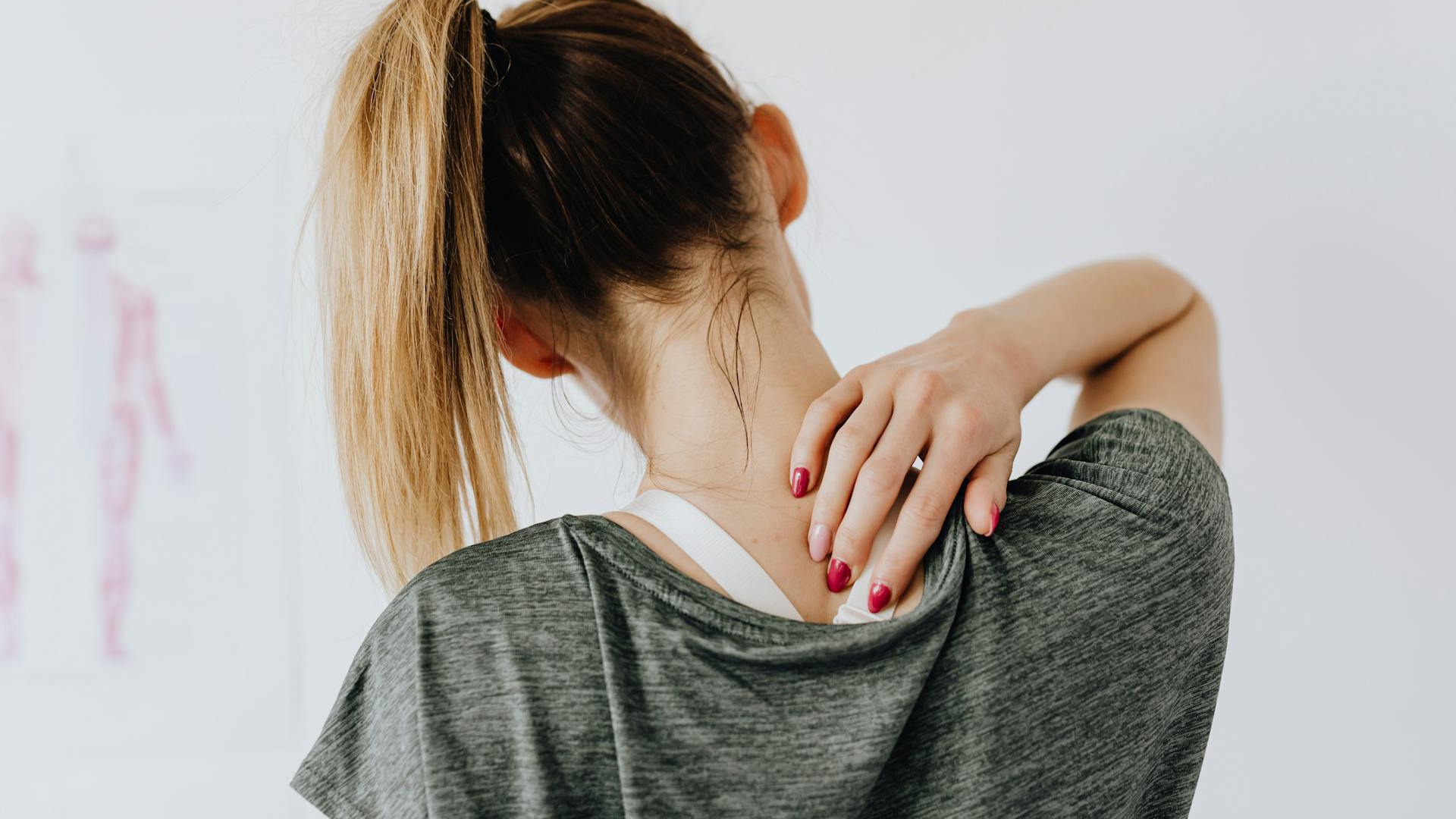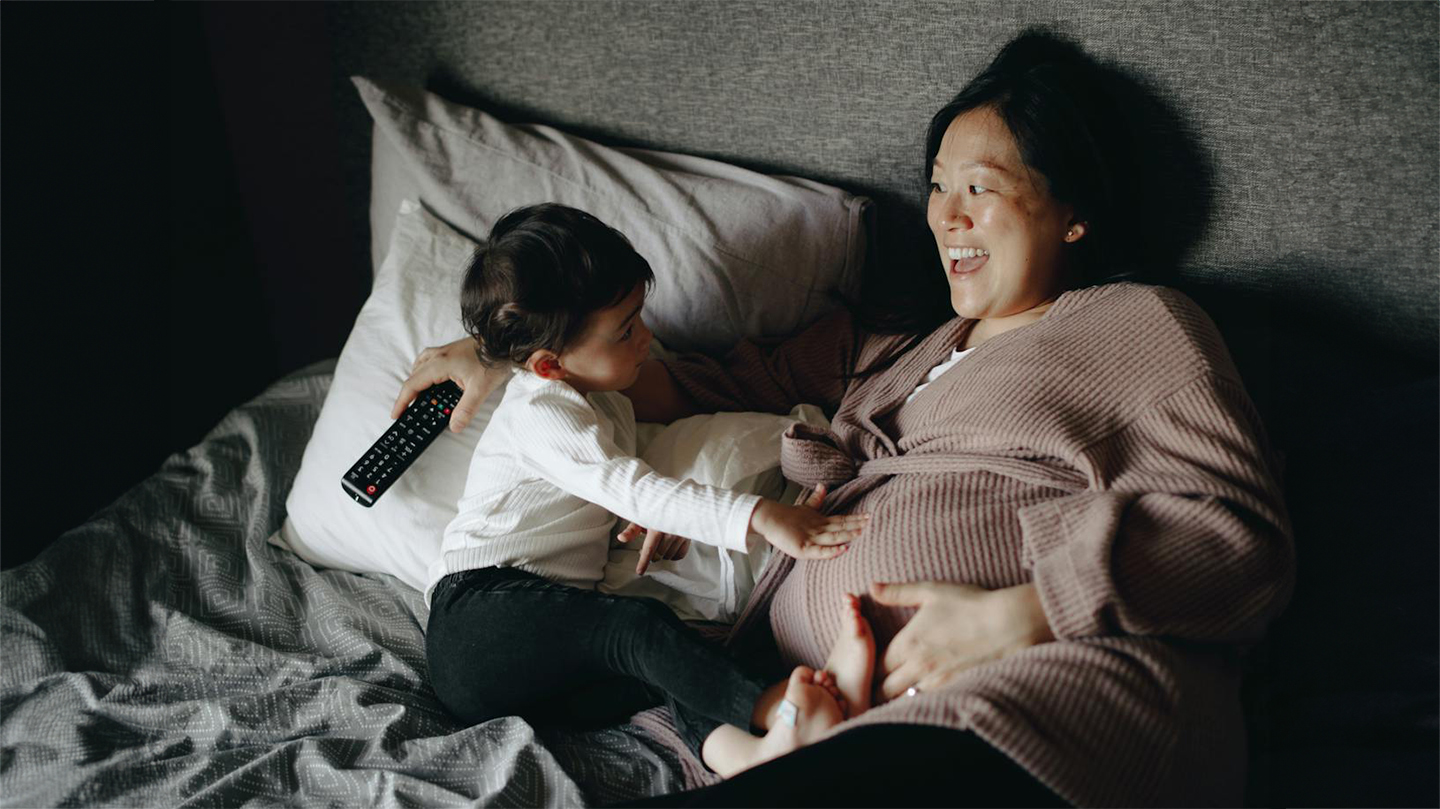In our massage training school, we teach adults how to treat and heal patients of all ages. Like students in all west coast massage schools, East West College students typically begin their massage training after high school. However, the success of in-school programs across the globe suggests that primary students can enjoy many benefits from learning about and practicing massage. Schools around the world are using student-to-student massage programs to reduce bullying, improve peer relationships, and increase focus. Read on to learn how international organizations are bringing massage to schools.
Primary Massage Training: School Programs from Around the World
Massage in Schools
The Massage in Schools (MIS) program facilitates massage for 4-12 year olds in dozens of countries, including Australia, the UK, the US, France, China, India, Israel, and Venezuela. The students stay fully clothed while receiving massage on the head, back, forearms, arms, and hands. It is important to note that leading adults do not touch children in the program; instead, the children deliver massage to their peers. Before giving a massage, the students ask permission, and program leaders emphasize that every student has the right to say no to a massage. At the conclusion of the massage, the student who provided the massage says “Thank you” to the massage recipient, akin to a massage therapist thanking a client for the opportunity to practice.
In the U.S., there are three Massage in Schools branches established in Colorado, Hawaii, and Utah; 17 additional states are currently forming branches. The Massage in Schools mission states that student participation in their program results in reduced stress levels, increased concentration at school, and improved sleep. The MIS site lists multiple benefits for children, their parents, teachers, schools, and society as a whole, including increased classroom harmony, reduced bullying, and the chance for students to practice giving and receiving nurturing touch, including practicing saying “yes” or “no” to touch. Research studies backing the MIS program have found that peer-to-peer massage can accelerate brain development, reduce students’ stress, and diminish aggression.
Peaceful Touch
Peaceful Touch (PT) is a Swedish program that has allowed hundreds of thousands of Swedish schoolchildren to get and give massage on a daily basis. As with MIS, students are always asked if they would like to receive a massage, and they have the right to say no. The program looks slightly different in each school. One kindergarten teacher explained in a video about Peaceful Touch that the program has made massage a regular part of the school day. Every day after lunch, her kindergarten students receive massage from adults trained in the PT program. In another Peaceful Touch classroom, the children give each other massages at the beginning of each school day. The instructor reports that after the massage the students “become calmer. I can feel that they have become more social, and happier.”
Peaceful Touch emphasizes that students also receive academic benefits from the massage program. Manual dexterity is important for writing, and providing massages improves students’ hand strength, proprioception, and general coordination. Moreover, as Kerstin Uvnas Moberg, Professor of Physiology reiterates in an introductory video to Peaceful Touch, “Being that you calm down, you get a focus, and a greater concentration capability [after massage], so that learning is influenced positively.” Moberg also suggests that massage helps students better retain information.
Massage increases oxytocin, sometimes called the “peace-and-calm” hormone. At the same time, massage decreases the stress hormone cortisol, leaving students relaxed and ready to learn.
Children who receive massage may also display increased empathy for their peers and parents. One 9-year-old girl in a Peaceful Touch program explained, “When my father is angry, I give him massage and then he is not angry anymore.”
These are by no means the only massage programs in modern schools. Many Waldorf schools incorporate kind, respectful touch in their curricula, for improved classroom management and social inclusion. These schools emphasize that touch is the first sense to develop, and the last to decline. Many teachers believe whole-child education should include healthy, peer-to-peer touch.West coast massage schools are increasingly including infant and pediatric massage in their continuing education courses. Check out East West’s massage continuing education course listing for more information. Our massage training school is always looking for opportunities to host classes that will benefit our alumni and the community as a whole.



